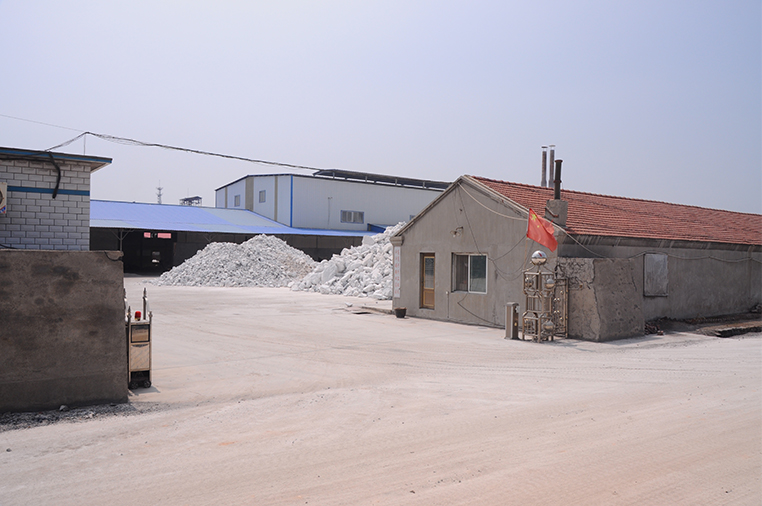The microstructure has certain influence on the oxidation rate of magnesia-carbon refractories used under low pressure conditions such as ladle, converter and decarbonization unit. Therefore, it is very helpful to study the microstructure of these magnesia-carbon refractories to improve their oxidation resistance. The oxidation rate of magnesia-carbon refractory cube was measured by the staff of Japan Foundry and Forging Company using phase balance, and the relationship between the size of magnesia Z large particle and the oxidation rate of magnesia-carbon refractory was studied.

In the experiment, the oxygen partial pressure is 3.7 × 102Pa and 2.1 × 104Pa. The temperature is between 1200 ℃ and 1400 ℃. The oxidation process is carried out according to a local reaction simulating the oxidation process, and the oxidation rate is analyzed by the weight loss of the sample. The experimental results show that oxygen diffuses through the pores in the decarburization layer, and the oxygen partial pressure is 2.1 × At 104Pa, the effective diffusivity of oxygen in M5-3 (large particle size of magnesia Z is 3.0mm) sample is slightly lower than that in M5-1 (large particle size of magnesia Z is 1.0mm) sample. At 1400 ℃, the effective oxygen diffusivity of M5-3 and M5-1 decreased significantly. Through optical microscope, it is found that there is a dense layer in the decarburized layer, which may be due to the tortuosity of the pore channel in M5-3 compared with M5-1, and M5-3 sample is easier to form a dense layer than M5-1 sample.